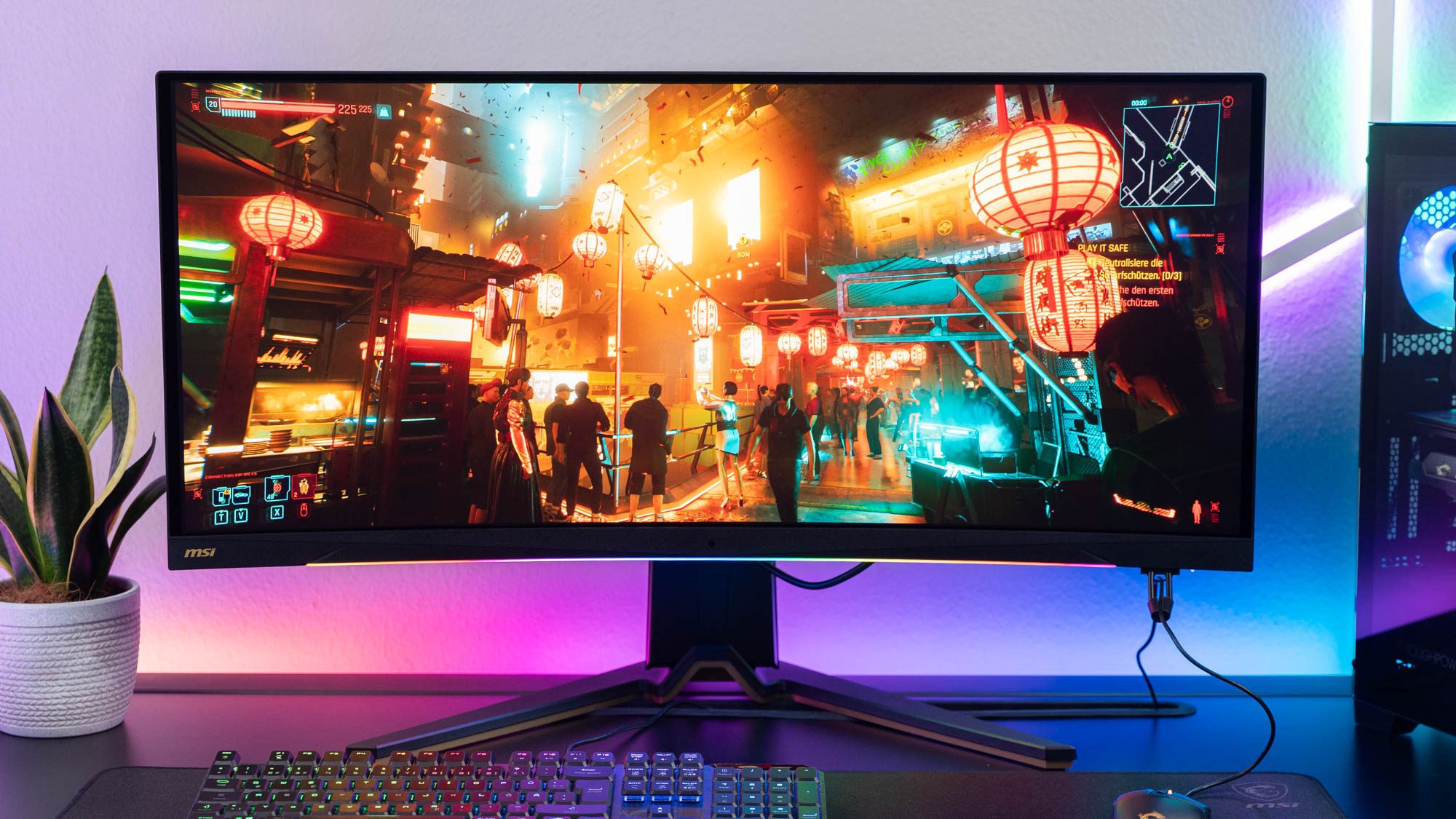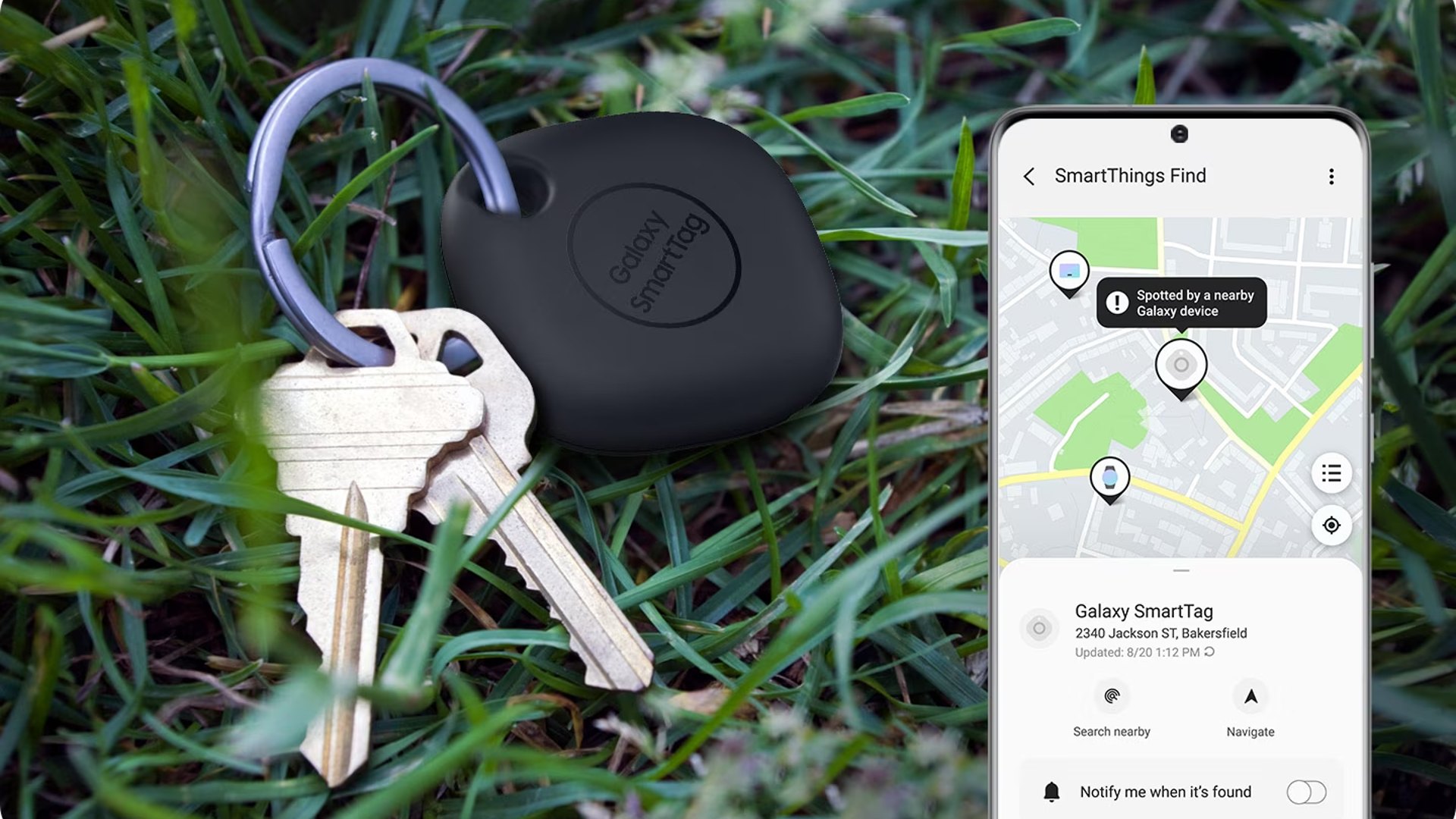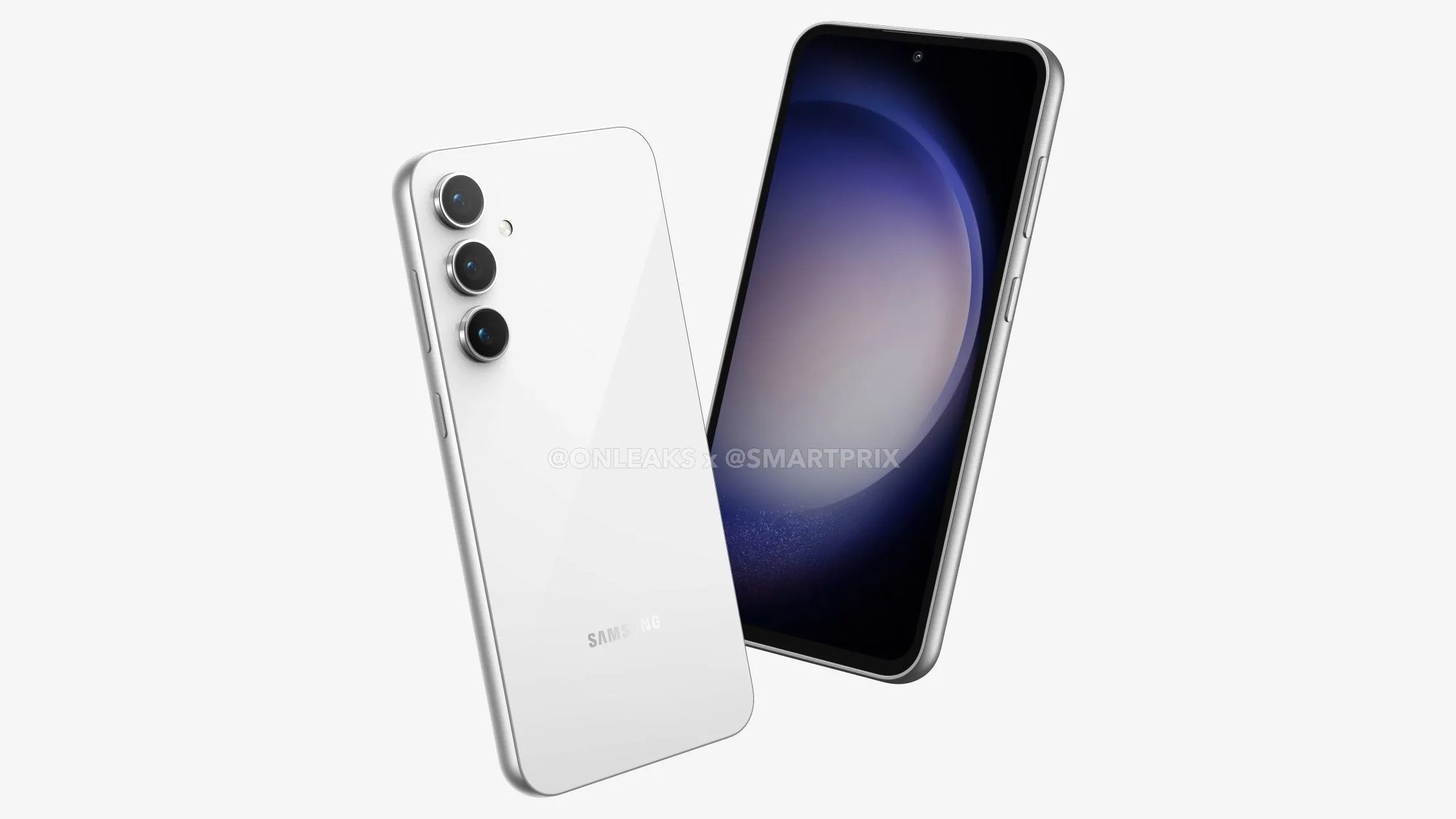In addition to announcing a camera, lens and more, Fujifilm has also revealed it will soon release a free firmware update for its X-T3 that will improve autofocus performance and more.
The firmware update will go live on October 28, according to Fujifilm’s press release. The improvements should see autofocus speeds more than double, taking focus times drop from 0.06 seconds to 0.02 seconds, bringing the X-T3’s autofocus performance more in line with the X-T4.
 |
Fujifilm says it’s also improved the algorithm for predicting subject movements, which should result in a >90% ‘hit rate.’ The Face Tracking and Eye AF algorithm has also been re-written to double the tracking performance in continuous shooting modes.
Other improvements include the ability to use AF in low light levels down to -7EV with the new Fujinon XF 50mm F1.0 R WR lens, a new ‘Focus Limiter’ feature for setting pre-determined focus ranges, the ability to change the size of Single AF points while recording video and improvements that make it possible for third-party programs to read the ratings applied to pictures in-camera.
We will update this article when the firmware is released.
With dual processors, dual card slots and more, Nikon’s Z7 Mark II is a more capable camera than its predecessor in every way. But of course, we have a few remaining qualms – find out just what we make of the Z7 II right here.
The Nikon Z6 II builds on the well-rounded stills and video features of its predecessor, with the addition of dual processors, dual card slots and the option to add a full battery grip. It’s a subtle evolution but enough to keep the $2000 Z model competitive.
For still photographers, we feel the Nikon Z5 represents the best value for the money when it comes to full-frame mirrorless cameras. Which is why it receives our top award.
The Sony ZV-1 was designed specifically for vloggers, but this compact camera is an excellent option for still photographers too.























